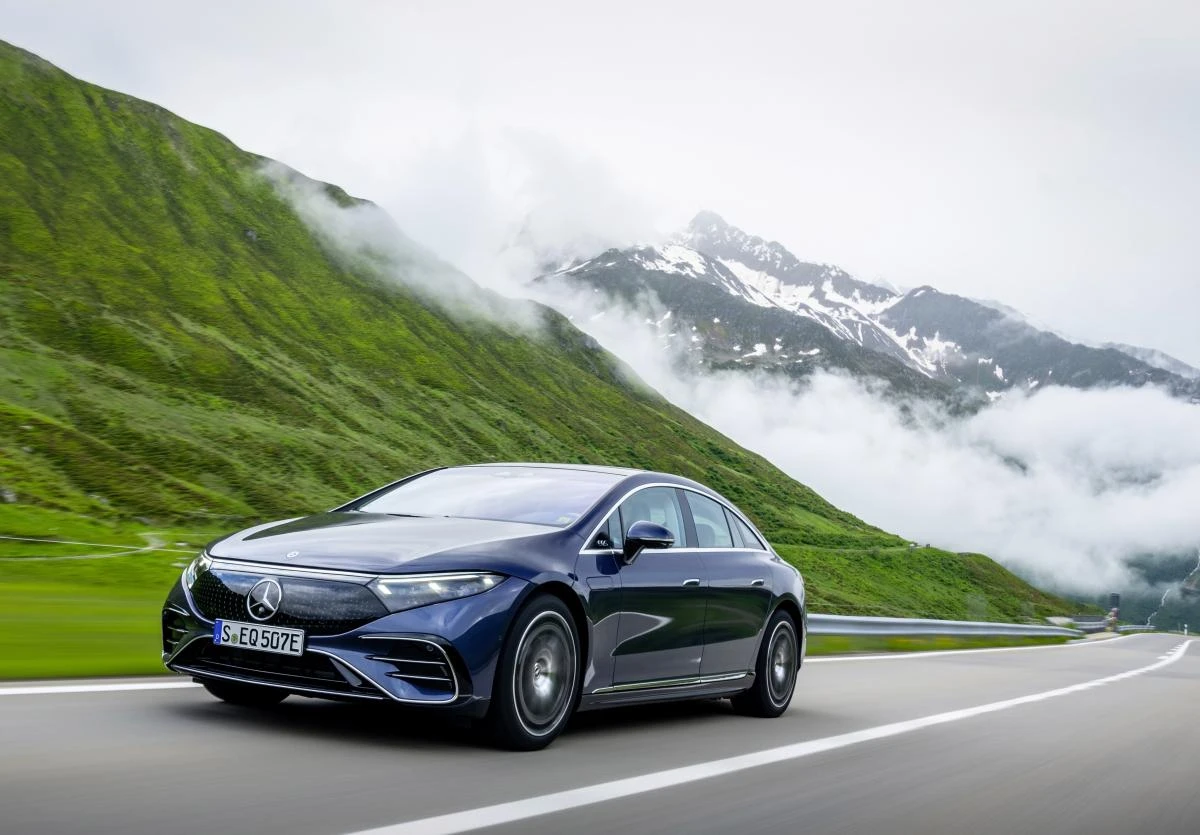How far will the Mercedes Benz EQS go on a charge?
AA Ireland drives the full length of Ireland on one full charge
• Drive took place on Wednesday, 11th of January
• Car completed 615km with 2% battery remaining
AA Ireland’s Blake
Boland and Paddy Comyn have driven from Mizen Head in Cork to Malin Head in
Donegal, the two extremities of Ireland, without stopping to charge.
The famous route is
regularly undertaken by keen cyclists and runners with people frequently taking
on the task to raise money for charity. Cyclists typically do the route over a
few days.
AA Ireland believes that
driving the route in an electric vehicle without stopping to charge has never
been achieved, or was achievable up until now; made possible by advances in
battery technology and completed in this case in the Mercedes-Benz EQS 450+,
which is the German brand’s flagship electric vehicle.
The Mercedes-Benz EQS
has a 120kWh battery, 107.8kWh of which is usable. As well as having a very large
battery, the EQS is also very aerodynamic. It has a drag co-efficient of 0.20,
which makes it the most aerodynamic production car ever made apart from the
hastily scrapped General Motors EV1 a few decades ago. The WLTP rated range of
the EQS goes up to 784km. However, the ‘real world range’ is about 600 km.
“Mizen Head to Malin
Head is a drive of 602 km as indicated by Google Maps, and without stops takes
about eight hours and twenty minutes.
The idea of driving it in a fully electric car without charging en route
seemed like an unachievable task as little as a couple of years ago. The task
was made even more difficult by the conditions in mid-January. With
temperatures ranging from 5 to 10 degrees Celsius and heavy rain all day, the
car would be stretched to its limit. Winds were strong, predicted to be
approximately 30-40 km/h for most of the day. Being mostly a crosswind, it
would not help efficiency,” said AA Ireland’s Blake Boland.
Using its 107.8 kWh
usable battery, the car would need to achieve an efficiency figure of 17.6 kWh
per 100km to give enough range for the Mizen-Malin journey as well as a buffer
of another 20 km to get us to and from the driver’s accommodation at either end
of the journey.
“A journey of this
length would cost as little as €13.50 for somebody charging at home on a night
rate of 12.6c per kWh*. However, it could also cost as much as €73.50 using ESB
High Power public chargers,” adds Boland.
After over nine hours of
driving (swapping over every two hours, the car managed the journey with just
2% battery remaining, with the drivers managing a combined average of 16.8 kWh
per 100km. The car would have had around 15 km left in the battery before
coming to a stop.
“Electric vehicle
technology is getting better, battery technology is improving too, so we
decided to see if we could complete this particularly Irish challenge on one
full battery. Unfortunately, the charging network at both ends of the country
are poor, so we has to take some extreme measures to give ourselves the best
chance, using 3-pin plug chargers to trickle charge out of B&B windows,
said AA Ireland’s Head of Communications, Paddy Comyn. “We are really missing a
trick by not adding more chargers to tourist traps such as Mizen and Malin.”

The Mercedes Benz EQS
